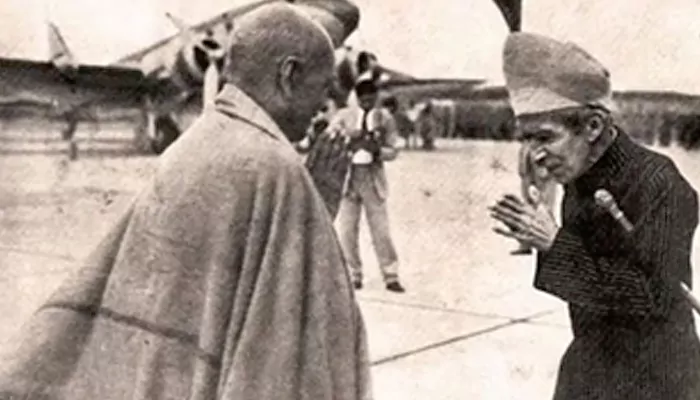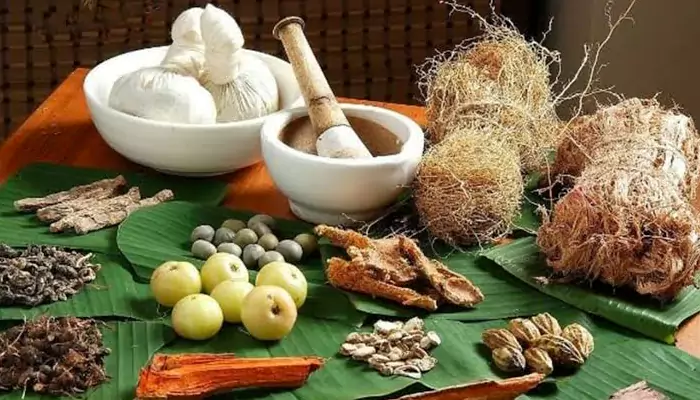Monsoon Magic or Pollution Trap? The Truth About August Air
- Soham Halder
- 4 months ago
- 3 minutes read
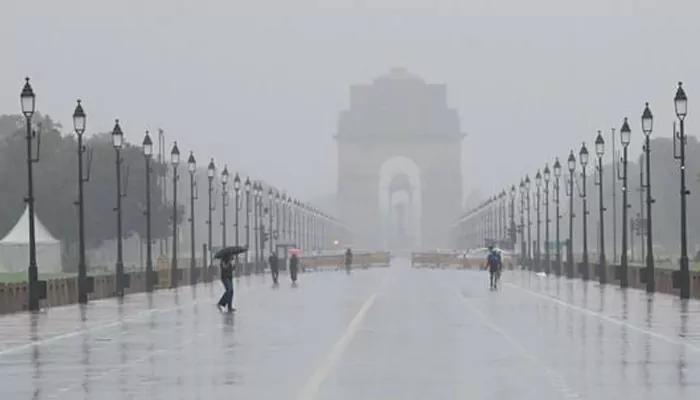
Breathe easy – protecting yourself in August’s changing air!
The August rain brings relief from unprecedented scorching heat in June and July, giving us that crisp, earthy smell we all love. It often washes away pollutants, but here’s the catch – while the air might feel fresher, pollution patterns in August are not as simple as “rain = clean air.”
In some regions, especially urban and industrial hubs, air quality can still dip during this month due to vehicle emissions, construction dust, and industrial discharge. And in areas where monsoon is weaker, humidity can trap pollutants close to the ground, affecting your breathing without you even noticing.
Why August Pollution Differs from Other Months
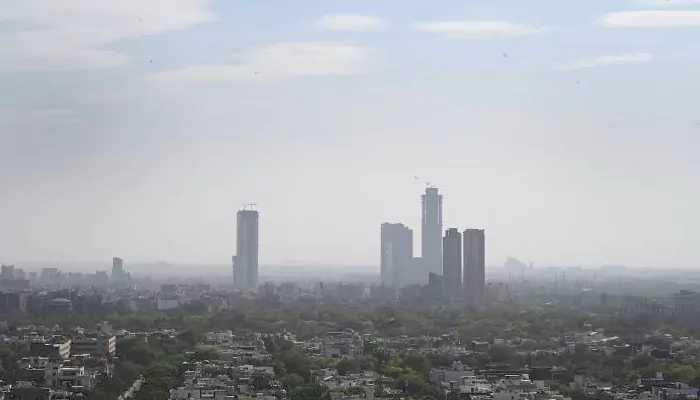
The air quality in India changes month-to-month, but August has a unique mix of factors:
Rain’s Cleansing Effect: Rainfall reduces particulate matter (PM2.5 and PM10), but only temporarily. When rains pause for a few days, pollution can bounce back quickly.
High Humidity Trap: Moist air holds onto pollutants like a sponge, making certain particles stay longer in the atmosphere.
Post-Rain Spikes: After showers, road dust and vehicle emissions can still cause localized spikes in AQI (Air Quality Index).
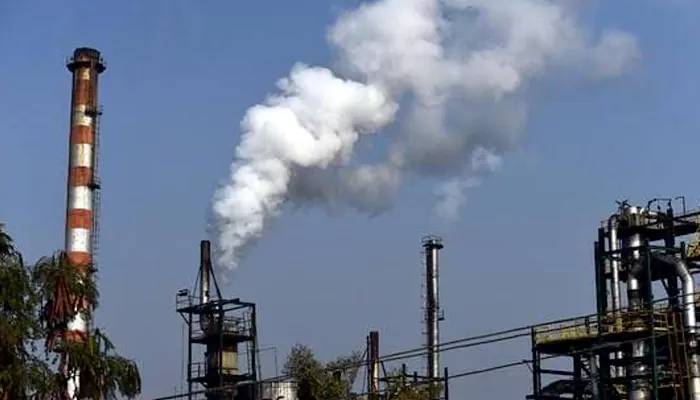
Industrial Hotspots: Cities like Delhi, Mumbai, and Chennai may still see industrial smoke adding to air pollution despite monsoons.
How Pollution in August Affects Health
Even if August doesn’t bring the choking smog of winter, pollution during this month still impacts your health:
Respiratory Irritation: Humidity along with fine particulate matter can aggravate asthma and bronchitis.

Eye and Skin Issues: Airborne chemicals and allergens can cause redness, itching, and rashes.
Low Energy & Headaches: Polluted air decreases oxygen flow in the body, leaving you tired or with recurring headaches.
How to Protect Yourself During August’s Air Quality Swings
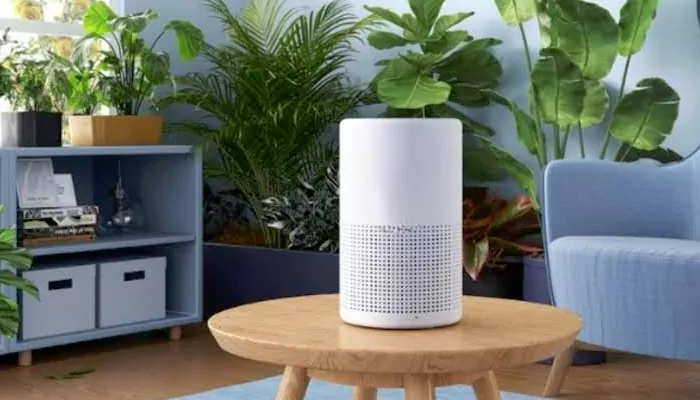
Keep an Eye on AQI Trends
Make it a habit to check AQI before planning morning walks or outdoor events. Aim for outdoor activities when AQI is under 100 (Good/Moderate range).
Use an Air Purifier Indoors
Even in the monsoon, indoor pollution can be higher than outdoors. Cooking fumes, dust, and VOCs (volatile organic compounds) can harm you silently.
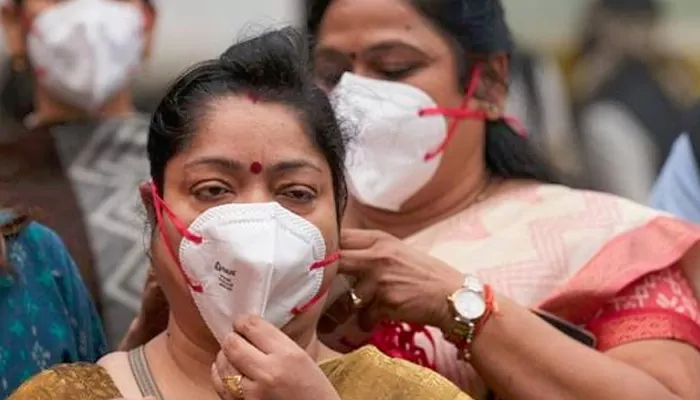
Wear a Pollution Mask in Crowded Urban Areas
N95 or N99 masks are not just for winters. In humid months, they can block particulate matter while allowing you to breathe comfortably.
Consume Immunity-boosting Foods
Load up on antioxidant-rich foods like oranges, spinach, walnuts, and green tea. These help your body combat free radicals from polluted air.
Keep Windows Closed During High AQI Hours
Early morning and late evening can sometimes have higher pollutant concentration. Limit ventilation during those times if the AQI is poor.
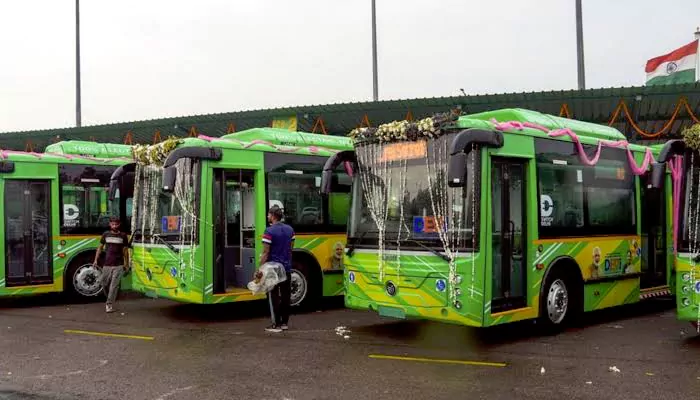
Long-Term Ways to Improve August Air Quality
While personal protection is key, reducing pollution at the source matters more:
Support eco-friendly public transport initiatives.
Limit personal vehicle use on high-traffic days.
Advocate for green cover expansion in cities.
August may feel fresher thanks to monsoons, but pollution doesn’t take a holiday. Understanding how rainfall, humidity, and urban activity interact can help you protect your health.

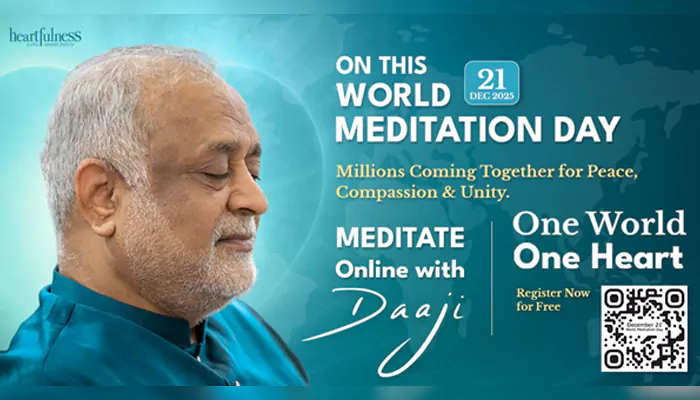

.webp)
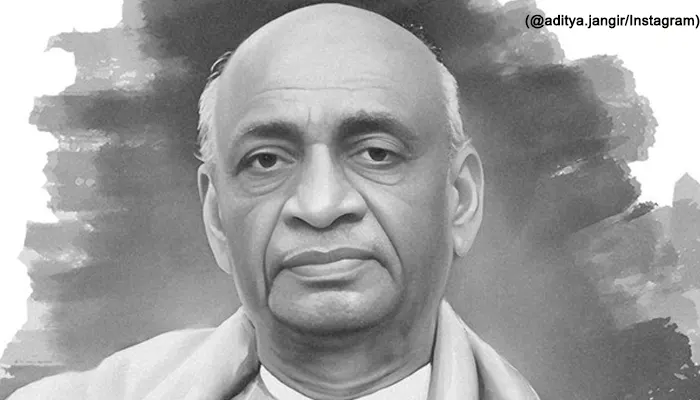
.webp)

